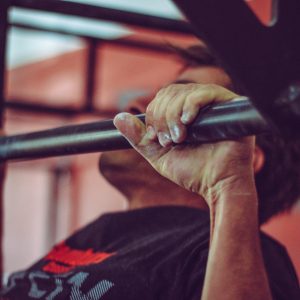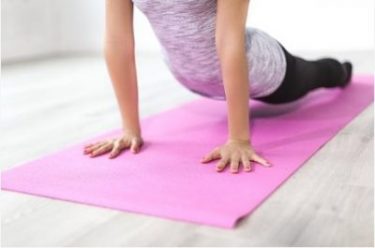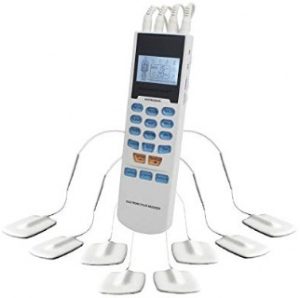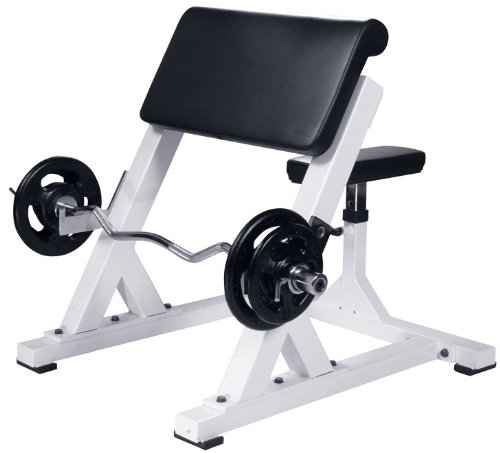Have you ever wondered what the difference is between a pull-up and a chin-up? Maybe you have always thought they were the same thing. If you’ve felt this way, then you’re not alone. Many people make this mistake. These two exercises are considered to be the best for building muscle. They are great for increasing the strength in your biceps and back as well.
These exercises have been used for testing strength, in everything from the military to boxing. What’s wrong with sticking with a good thing?
What many people don’t realize is that these are different exercises. Yes, they are similar exercises, but they are not the same. There are quite a few differences between them and a list of pros and cons. You need to know the difference between the two to determine which is the best option for you.
In this blog, we will talk about the differences between pull-ups and chin-ups. This will help you decide which is the best exercise to meet your specific fitness needs. So, without further ado, let delve into the differences between pull-ups and chin-ups.
Grip Differences
The most obvious difference between the two is the grip used to do the exercise.
Chin-Ups: You use an underhand grip. Your palms are pointed towards you and use a shoulder-length width grip.
Pull-Ups: You use an overhanded grip with your palms pointing away from you. A grip slightly wider than your shoulders is best for this exercise.
Another grip that many people use, the neutral grip, has your palms facing one another as you pull up.
Movement Differences
While it’s true that both exercises are done vertically and that they both work your back and biceps, they do so in different ways.
Pull-ups usually feature shoulder adduction. This means that the elbows come down, then back from the sides. With chin-ups, the movement is different. The elbows come down and back from the front in a shoulder extension.
While this difference is a huge one, it doesn’t make a difference in which exercise is worse or better. The choice is yours on which one you want to use, or even if you want to do both.
Besides, if you want to avoid injury, you don’t want to ignore one type of movement for another.
Differences in the Way Your Muscles Get Worked Out
We’ve already stated that these exercises will work the back/lats and biceps. There is a slight change in which of those muscles get worked the most by which exercise. We’ll talk a little about those differences below.
Chin-ups have a stronger pull on your biceps, so your biceps will be worked a little harder with this exercise. Pull-ups tend to work your lats a little harder meaning that your biceps will be a little weaker if chin-ups are all you do. At one time, it was thought that these differences were significant. However, other findings show the difference is minimal at best.
Strength Differences
As a rule, most people will usually be stronger at chin-ups than pull-ups, because of the pull on the biceps. For example, if you are usually able to do 15 chin-ups, you might be able to do only 12 pull-ups. This is nothing to be ashamed of or upset about, it’s just the way it is. It’s rare, but there are people out there who are stronger at pull-ups than chin-ups.

Comfort and Safety Differences
As with any weight training exercise, both chin-ups and pull-ups are safe to do, as long as they are done the right way. It is important that you follow all of the correct safety precautions when performing these exercises. It is important to always use proper form and pay attention to what you’re doing. If not, you could pull a muscle or end up injuring yourself, preventing you from being able to work out at all. Below you can find some tips you should keep in mind when exercising.
The neutral grip is your best bet when it comes to having a safe and comfortable grip on the bar. It’s also important not to overdo it when you’re doing either of these exercises. Muscle strains and back injuries are common when you overdo it. Pace yourself. Take your time, and learn the proper way to do a pull-up and a chin-up. Taking your time will ensure you are being safe and guarantee the best results.
Which Exercise is Best for You?
Honestly, you need to try both exercises and do the one that works best for you. Many people who are doing weight training use both and are perfectly happy. It’s according to what you need to work on the most and what you’re most comfortable with.
You should also consult your primary health care provider before starting an exercise program. You need to see if this is the right exercise for you. For people who have had back injuries or have a weak back, these might not be the best exercises to perform. Talk to your doctor and choose the one that he suggests, just to be on the safe side.
This concludes our blog on pull-ups and chin-ups, and which might be the best exercise for you. Remember, there are only slight differences between the two exercises. You still need to consult your doctor to determine if you even have a clean bill of health to be performing these types of exercises. Do your research well, take your time, and then have fun with whichever exercise you choose. Happy training, everyone!















